Pigment consolidation
During my work at the Chester Beatty Library as the 2015-2016 Heritage Council Intern, I had the opportunity to assess and stabilise friable pigments on various objects.
The pigment condition is first assessed through a careful preliminary observation of the surface using different sources of lighting, including raking light which allows the observation of irregularities and damage of the surface of the object. Hand lenses and a binocular microscope allowing the object to be viewing in greater detail.
If the paint layers are flaking, powdering, cracking or lifting, the pigments are then consolidated. The adhesive, its concentration, and the consolidation technique, are chosen depending on the nature of the object. Particular attention is paid to choosing an adhesive that is compatible with the object substrate.
Bermocoll from AkzoNobel (an ethyl hydroxyethyl cellulose) is often selected as the adhesive for pigments on paper, whereas isinglass is generally chosen for pigments on parchment.
Consolidation using a nebuliser, which allows the dispersion of the consolidant as a fine mist across the painted surface, will usually be preferred for severe powdering of pigments over larger areas. The adhesive is generally used at a 0.5 – 1% concentration. Brush consolidation is generally applied to smaller areas of flaking pigment, with a 0.5 to 2 % adhesive concentration. Alcohol such as ethanol or IMS, is often used as a wetting agent in order to prepare the object surface for consolidation. It facilitates the penetration of the consolidant by capillary action.
The following images are reproduced by permission of © The Trustees of the Chester Beatty Library, Dublin.
- Assessment of the painted surface with magnification. © The Trustees of the Chester Beatty Library, Dublin.
- Assessment of the painted surface with microscopy in situ. © The Trustees of the Chester Beatty Library, Dublin.
- Assessment of the painted surface with microscopy. Inspex High Definition digital microscope, Ash Technologies Limited. The object magnification is linked to a screen. © The Trustees of the Chester Beatty Library, Dublin.
- Brush consolidation. Use of isopropanol as a wetting agent and Bermocoll 2% in water as consolidant. © The Trustees of the Chester Beatty Library, Dublin.
- Brush consolidation of an Islamic manuscript illumination. © The Trustees of the Chester Beatty Library, Dublin.
- Brush consolidation of an Armenian manuscript illumination. © The Trustees of the Chester Beatty Library, Dublin.
- Pigment consolidation with a nebuliser. Use of Bermocoll 1% in water as consolidant. © The Trustees of the Chester Beatty Library, Dublin.

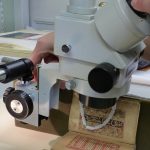


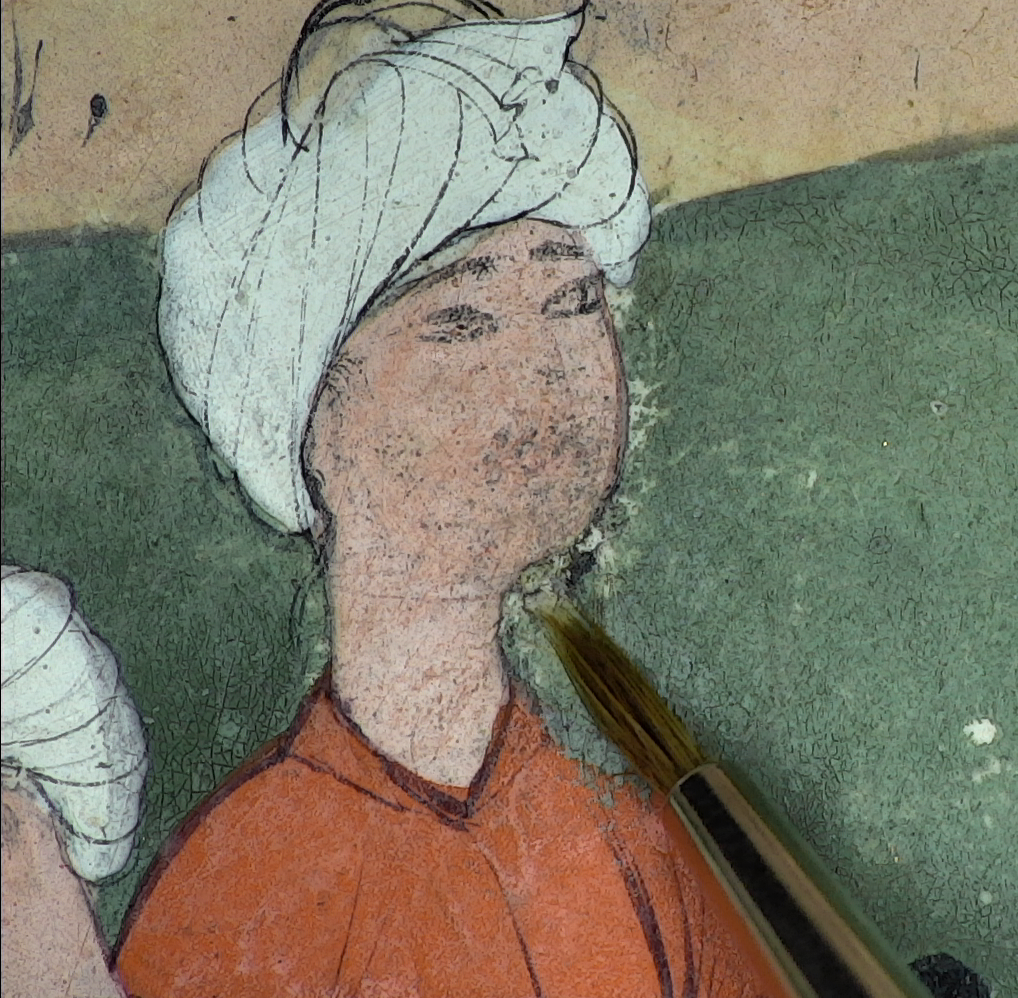

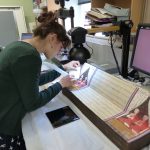
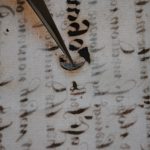 Previous Post
Previous Post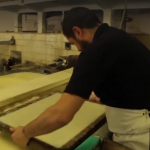 Next Post
Next Post